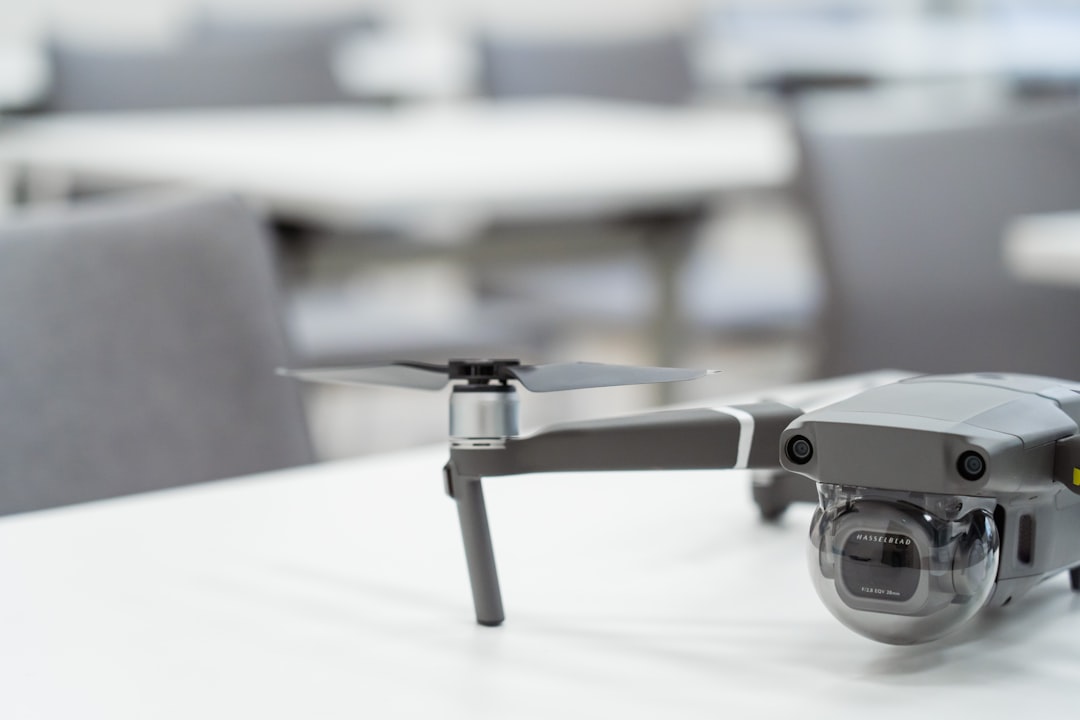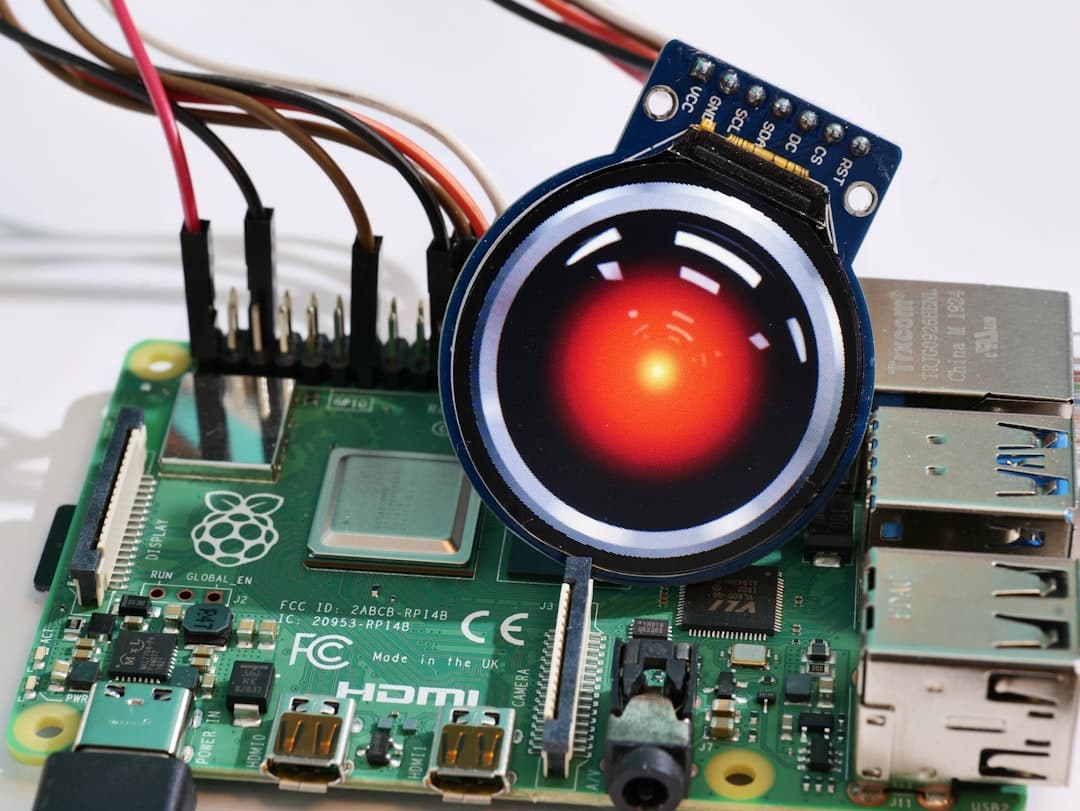In a world where hybrid devices are becoming more popular and the line between physical and digital utility continues to blur, a new contender in the operating system space is capturing attention not only with its performance but with its unexpectedly whimsical moniker: Fork OS. While the name might suggest cutlery, there’s nothing lightweight or flippant about this highly refined, deeply modular system architecture. In fact, Fork OS is so meticulously constructed that some users have joked it could serve dinner while managing complex, multi-threaded applications — and according to insiders, that’s only half exaggeration.
Contents
TL;DR
Fork OS is a next-generation operating system built for extreme efficiency, modularity, and real-time performance. Positioned to serve everything from embedded systems to next-gen desktops, it combines lightweight design with powerful container support and adaptive resource management. Its microkernel architecture and dynamic process scheduler make it a prime candidate for future smart devices. Although it’s still evolving, the early test cases show a system that’s both utilitarian and futuristic — not to mention a little charming in its culinary metaphors.
What Makes Fork OS Different
The Fork Operating System is not just another *nix-flavored sandbox. It’s a purpose-built, microkernel-based OS designed for environments where precision, scalability, and adaptability are not merely desired — they’re required. Designed initially with embedded and real-time systems in mind, Fork OS has demonstrated viability across an array of hardware devices ranging from industrial controls to fully interactive smart appliances.
Key differentiators of Fork OS include:
- Microkernel Architecture: By isolating core functions like process scheduling, memory management, and driver handling, Fork OS ensures minimal failure domains and maximum reliability.
- Real-time Scheduling: Fine-tuned task management and time-critical execution make Fork OS suitable for robotics, automated manufacturing, and interactive kiosks.
- Scalable Modularity: Its modular design allows dynamic component loading, meaning the system can expand or contract based on current demand without a reboot.
- Hyperlight Containers: A customized container system enables isolated app environments without heavy virtualization overhead.
Imagine a restaurant robot running Fork OS. Not only can it handle real-time data from sensors and motors, but it can also execute complex voice interaction systems and control multi-touch displays — all simultaneously and securely.

Architectural Overview
Fork OS uses a highly segmented design. At its base, it runs on a true microkernel that limits function to the absolute necessities: inter-process communication (IPC), basic task scheduling, and hardware abstraction layers. Everything else — including device drivers, file systems, and even networking stacks — runs in user space.
This approach offers dramatic improvements in system stability and error containment. A malfunctioning driver, for instance, won’t bring down the entire device. Instead, Fork OS isolates the fault, logs the error, and restarts the faulty component — usually within milliseconds.
Unlike traditional monolithic kernels which need to be restarted to implement core system changes, Fork OS allows for:
- On-the-fly component upgrades
- Real-time code injection for diagnostics
- Dynamic memory reallocation per process without global system impact
This makes it particularly attractive for mission-critical environments where downtime translates directly into yottabytes of lost productivity.
The “Dinner-Serving” Metaphor Explained
So what about all that talk of serving dinner? The metaphor originated from a memorable demo at a technology conference where a Fork OS-powered robotic drone served soup to an audience while simultaneously managing a media server, visual recognition engine, and live analytics dashboard. The display was only half tongue-in-cheek — it genuinely highlighted the deterministic latency and concurrent execution capabilities of the OS.

This demonstration underscored one of Fork OS’s standout strengths: prioritization of processes in a real-time sandbox. You can think of it like a master chef juggling multiple complex dishes — only instead of occasionally dropping a plate, Fork OS ensures each process gets what it needs, when it needs it, with no overlap or starvation.
Compatibility and Application Ecosystem
Fork OS supports a range of hardware platforms, from ARM Cortex M7s to 64-bit x86 systems, allowing seamless migration from microcontrollers to data center workloads. Developers already working in a POSIX-compliant stack will find the transition remarkably smooth thanks to Fork OS’s compatibility layer known as POSIXLite.
Furthermore, an emerging ecosystem of prebuilt modules is allowing teams to get up and running with minimal overhead. Currently available packages include:
- ForkVision: A real-time image recognition and tracking module
- ForkNet: A secure networking layer optimized for IoT devices
- ForkShell: Lightweight utility shell for debugging and scripting
Its tiny footprint (under 4MB for core runtime) and scalable inheritance make it an attractive foundation for future low-Earth orbit systems, autonomous drones, and distributed smart cities.
Security and Isolation
Security concerns in today’s interconnected environment are more urgent than ever, and Fork OS delivers with per-process sandboxing and signature chain validation for every running module and driver. Not only are processes prevented from accessing one another’s memory space, but systemic integrity checks run at defined intervals and preempt any suspicious runtime anomalies.
Thanks to its microkernel nature, even a low-level attack targeting the IPC mechanism or scheduler would have limited consequences. Fork OS ships with a custom mandatory access control (MAC) framework that enforces least privilege policies at the system call level.
Early Adoption and Industry Feedback
Fork OS has garnered early interest from a spectrum of industries:
- Automotive: Supplier networks working on advanced driver-assist systems (ADAS) are experimenting with Fork for its real-time scheduling.
- Healthcare: Portable diagnostic devices benefit from its light footprint and sandboxing, allowing for enhanced privacy compliance.
- Smart Manufacturing: CNC machines and smart conveyor systems make use of Fork’s modular architecture to adapt dynamically to shifting operational conditions.
One industrial robotics firm cited Fork OS as “a decisive factor” in reducing debugging cycles and improving safety audit scores.
Developer Community and Future Prospects
While Fork OS is still in its adolescence compared to more established platforms like Linux or RTEMS, the pace of community development is impressive. The Fork Foundation now oversees code vetting, commits, and versioning, offering a transparent roadmap and enterprise-grade LTS branches.
Recent Kickstarter-like initiatives have promised exploratory projects such as:
- ForkOS GUI Alterium – a Qt-inspired lightweight user interface
- ForkChain – a blockchain node optimized for microkernel use
- WokIDE – a browser-based integrated development environment for Fork modules
It’s not improbable that we’ll soon see Fork OS expand into creative domains like wearable controllers, adaptive art installations, or even smart prosthetics. The energy, both literally and figuratively, that this system consumes is minimal — making it perfect for new frontiers in environmental and wearable tech.
Conclusion: The Future of Multi-Tasking OS Design
Fork OS is not just a curiosity with a clever name. It’s a rigorously engineered platform that demonstrates how future operating systems will need to balance real-time responsiveness, modularity, and security without compromising on user-driven application support. Its ability to operate like a digital maître d’ — serving tasks efficiently, securely, and deliciously — sets a high bar for any OS in the modern age.
Whether you’re developing the next generation of smart toasters or an edge-cloud integration module for factory control systems, Fork OS is a platform that deserves serious consideration. And if it happens to serve your apps with a side of dinner? So much the better.

